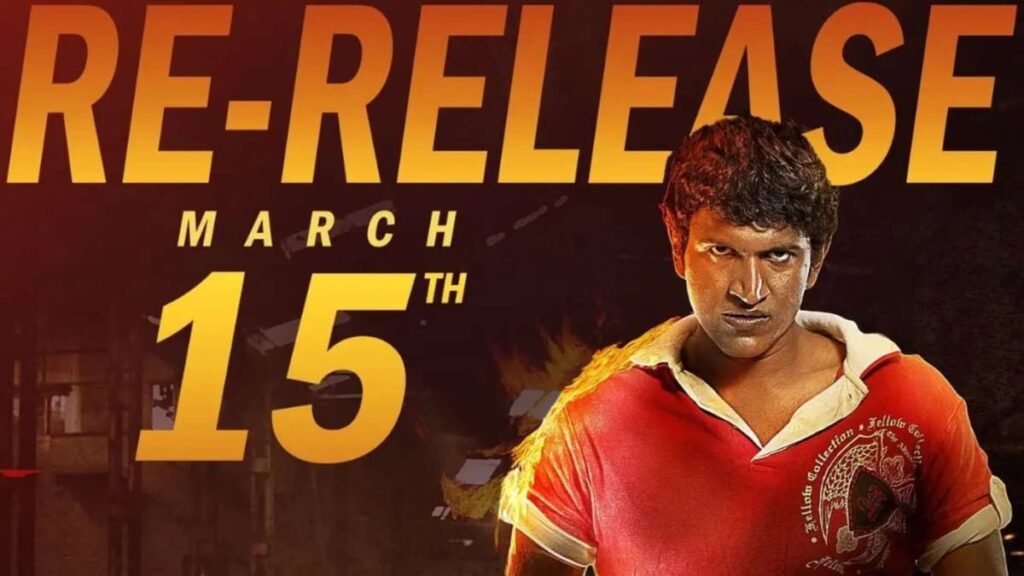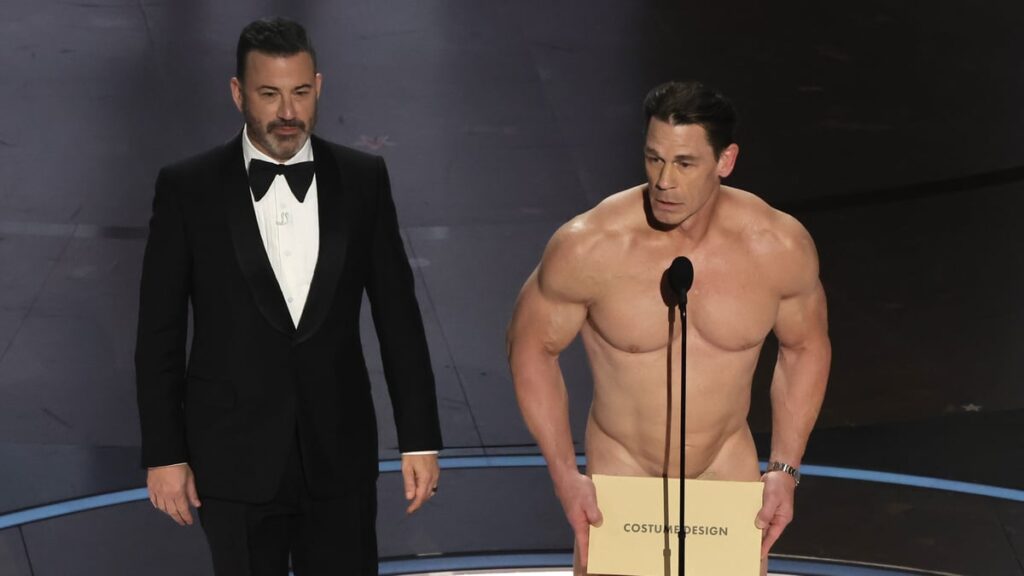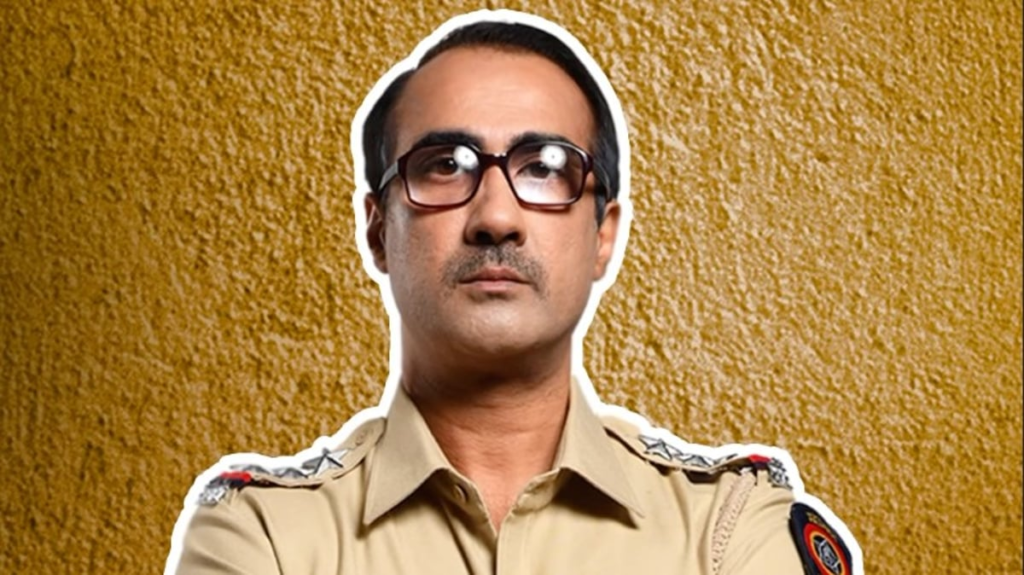[ad_1]
The Killer seeks out his final prey, travelling to Chicago to kill Henderson Claybourne, the man who ordered the Paris hitjob and then took up Hodges’ offer to clean up the trail, which chiefly requires The Killer to die. The Killer tails Claybourne and stakes out his home, surprising him one evening and then surprising the audience by not killing him.
On one level, it is clear that The Killer has come to terms with the transactional nature of his line of work. That is what is the best thing about it. But he has also recognised the unwanted attention Claybourne’s murder might bring: unlike the other hits he has carried out, this is a man at the top of the food chain, one whose disappearance for merely a few hours would be enough to cause alarm. His death would severely impact The Killer’s personal well-being: he has proven that no one enjoys complete safety. His presence in Claybourne’s home alone is evidence of that.
Letting Claybourne go is also a sign that The Killer’s rage has abated, that he no longer seeks retribution the way he did when he took down his earlier targets. Perhaps he even sees value in Claybourne as a future client, given his dispassionate conversation with the man.
The Killer returns to his partner’s side in the Dominican Republic in the film’s final frames, he’s seen content at having accomplished his self-appointed mission and enjoying the comfort of the one relationship he actually appears to enjoy.
[ad_2]
Source link







